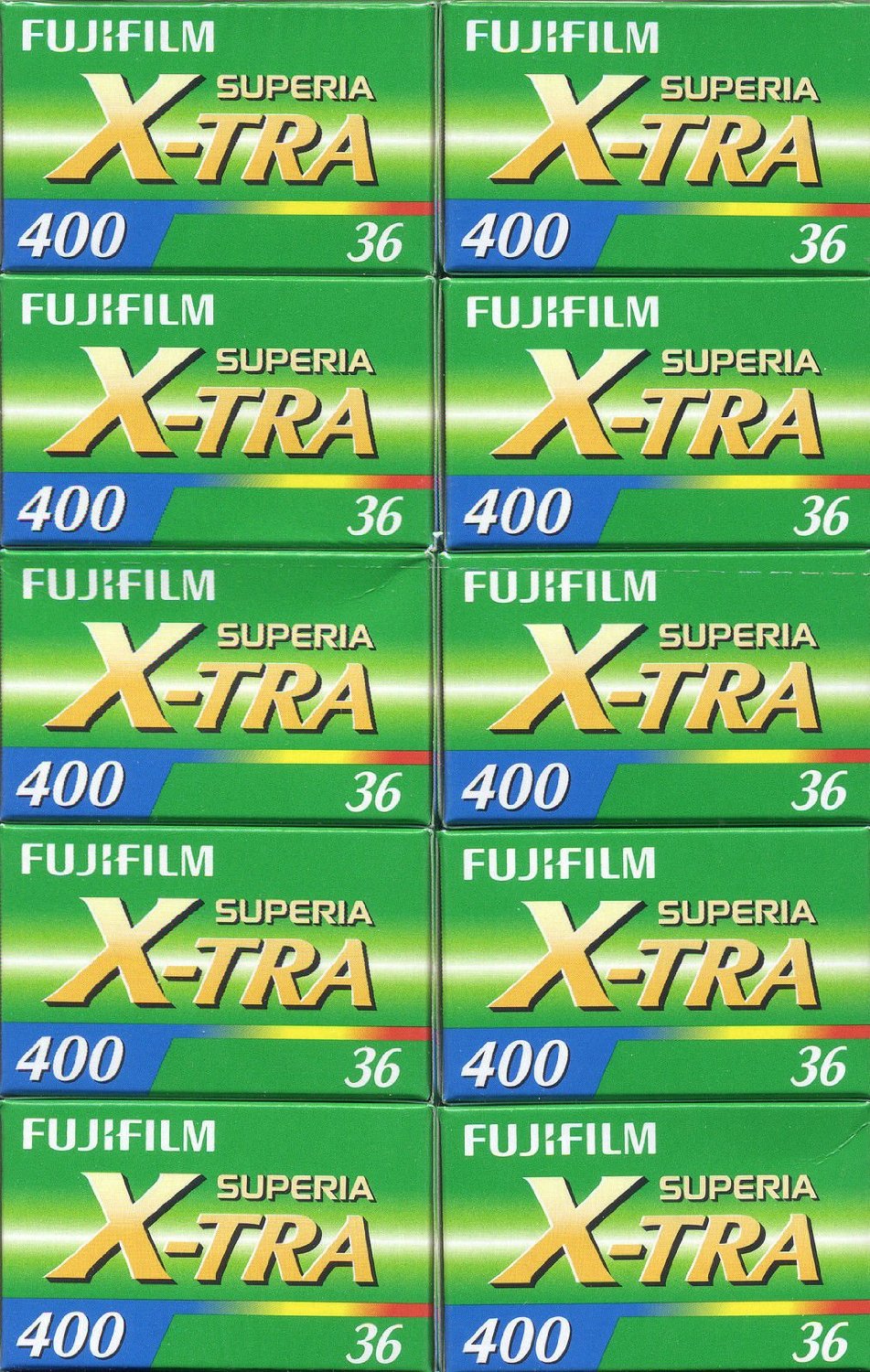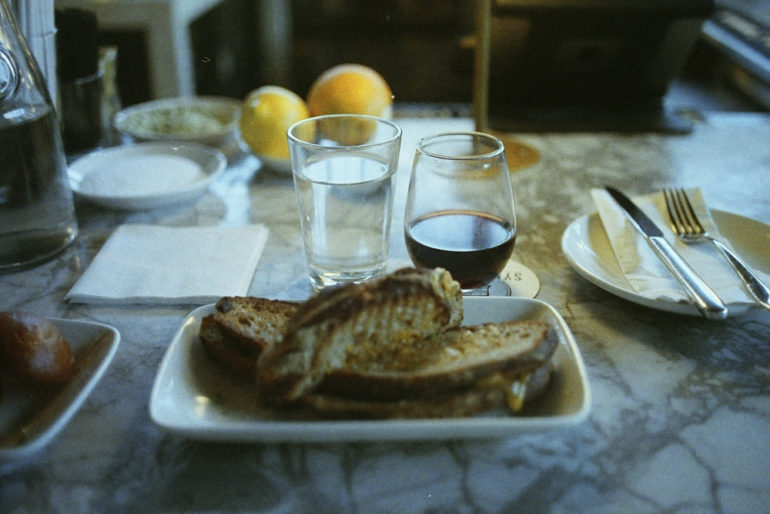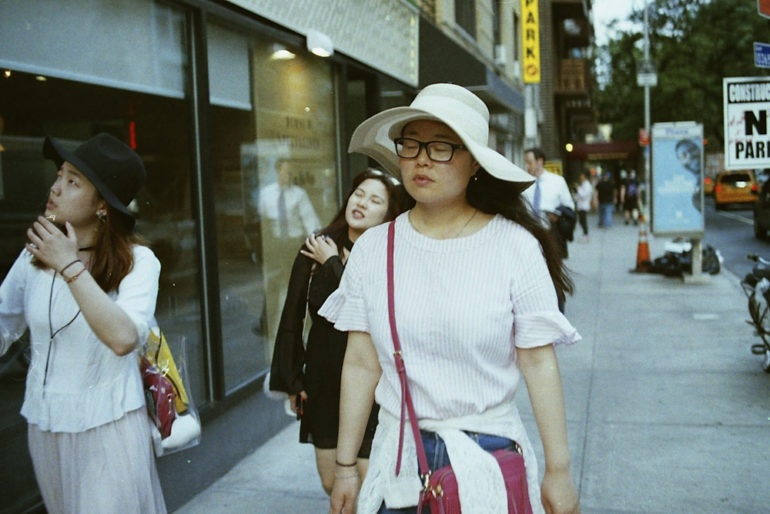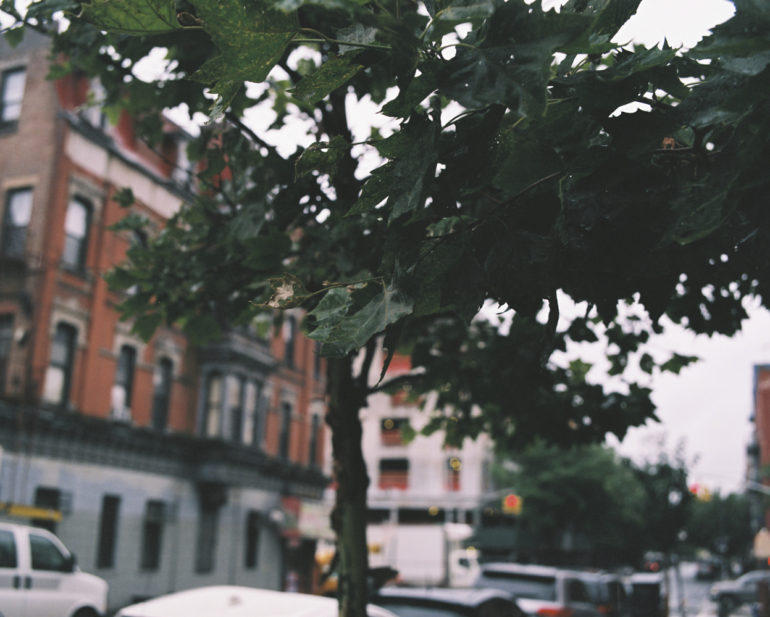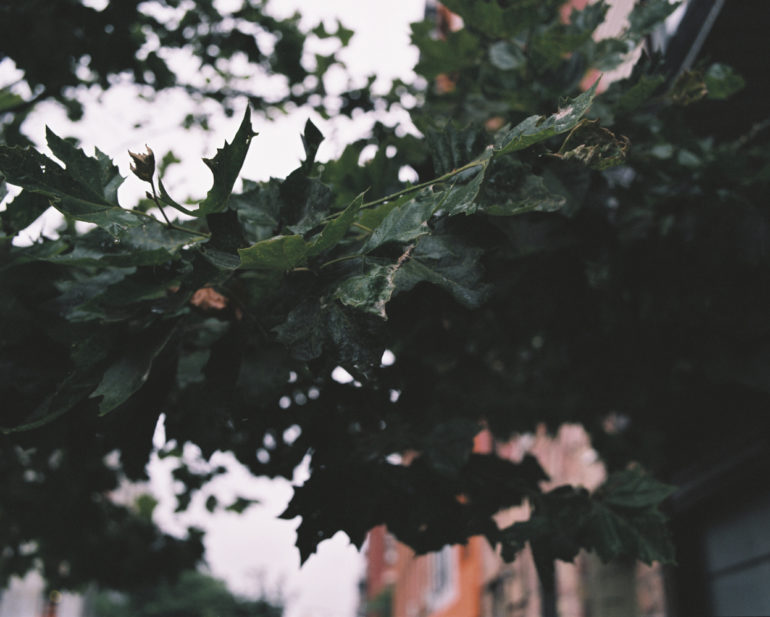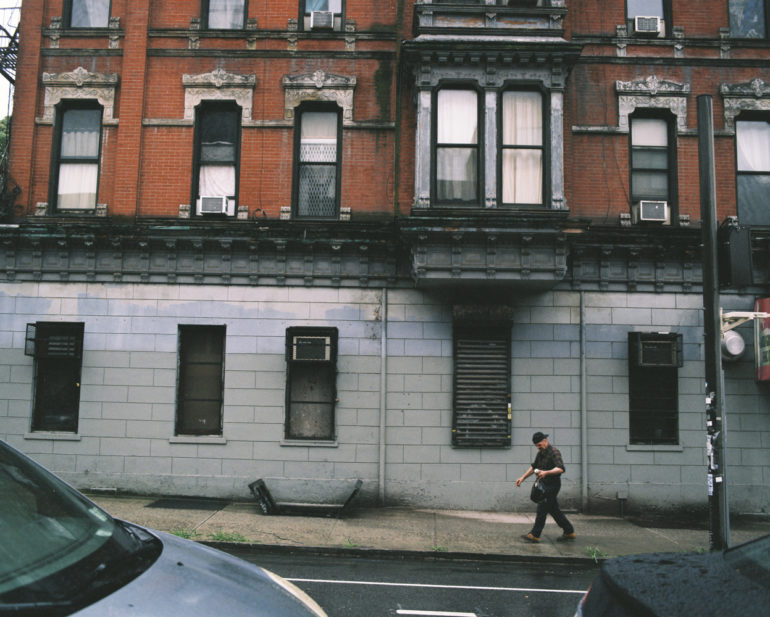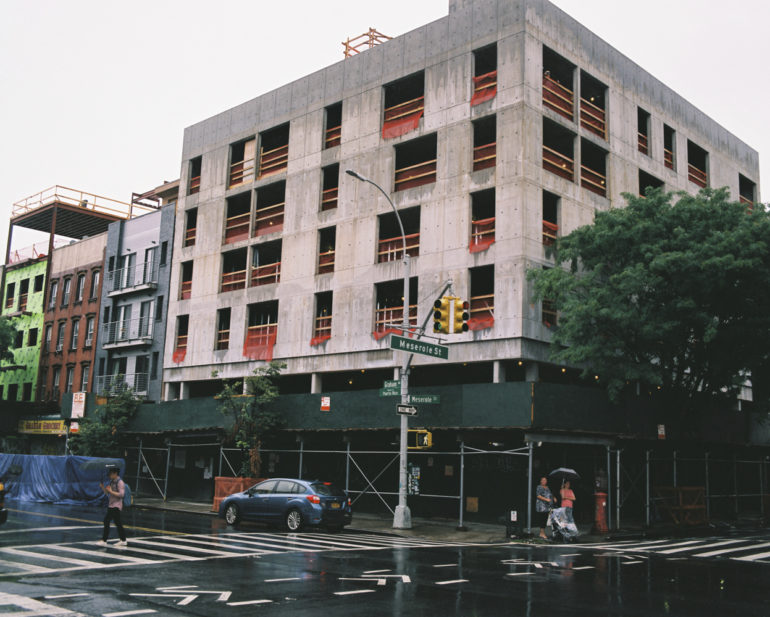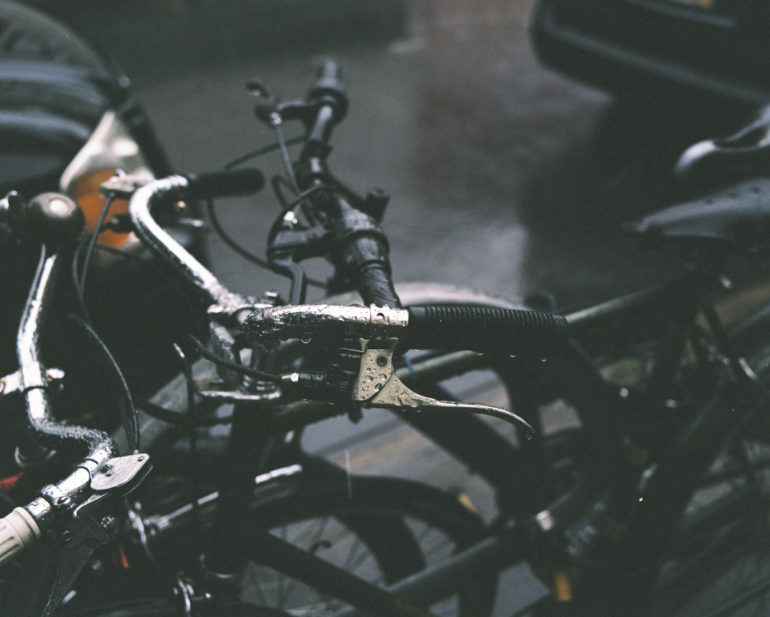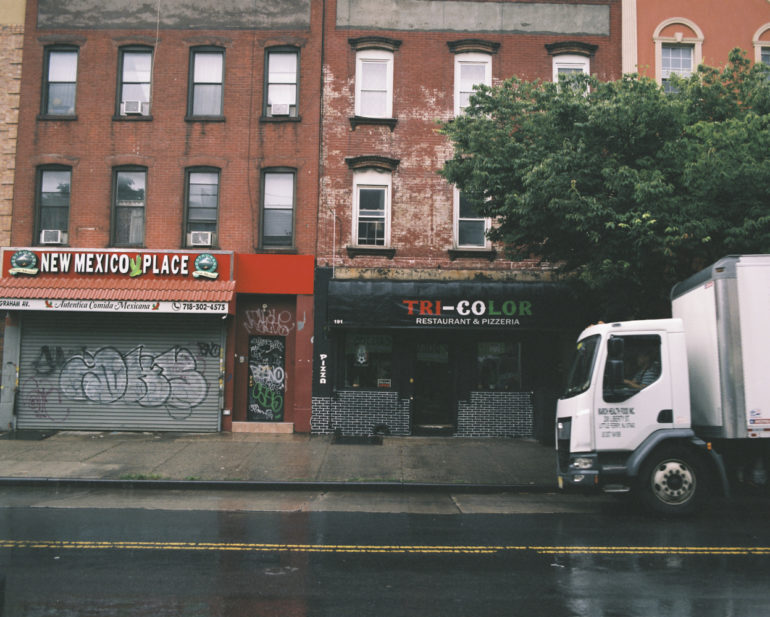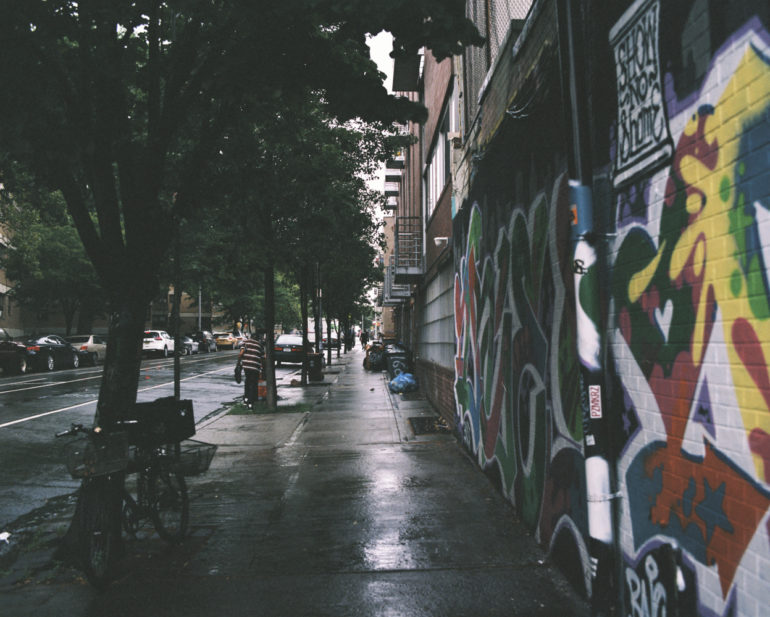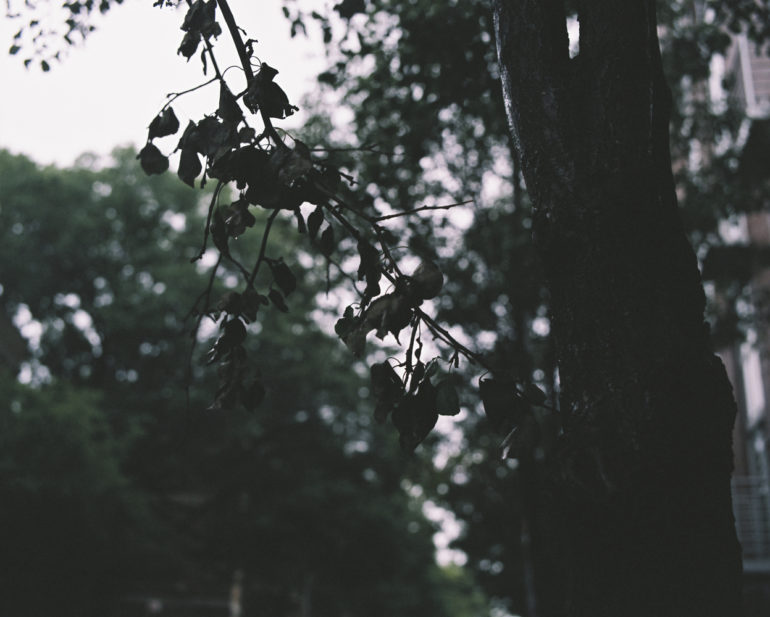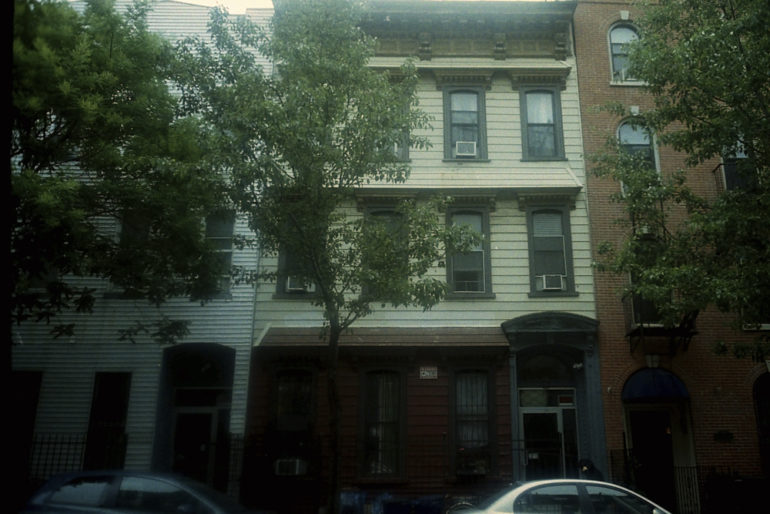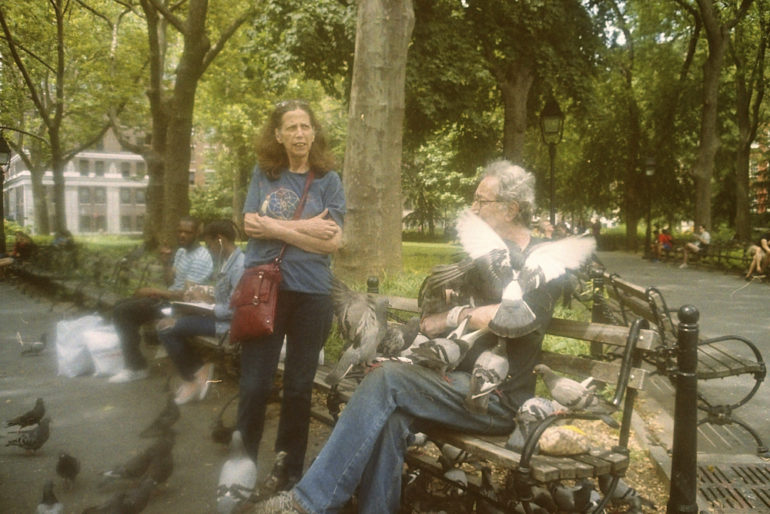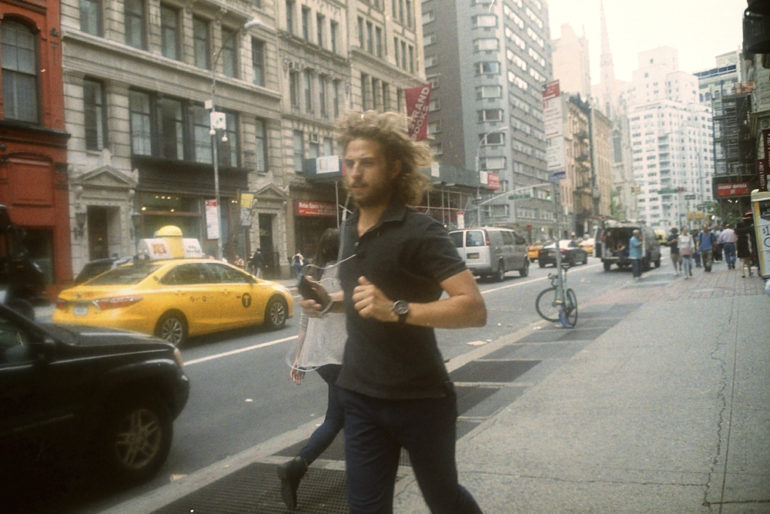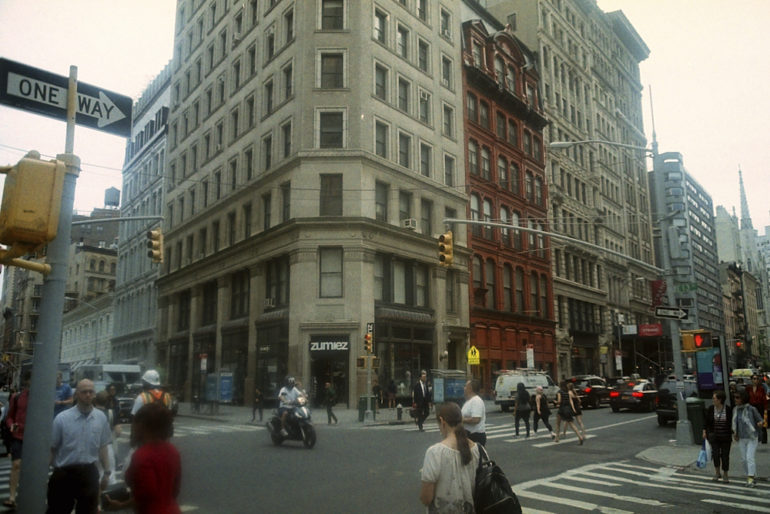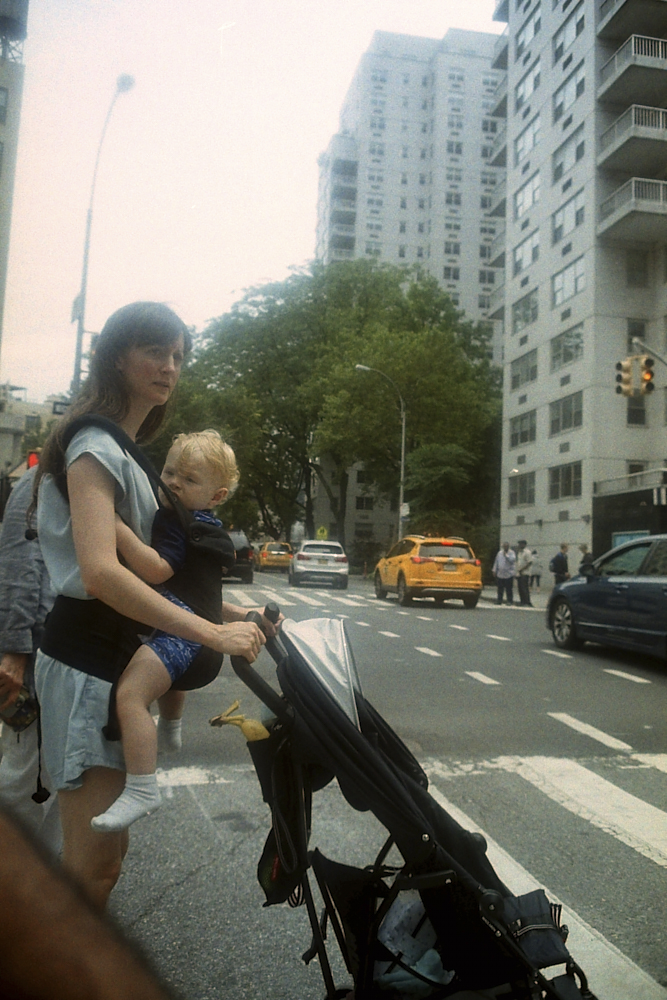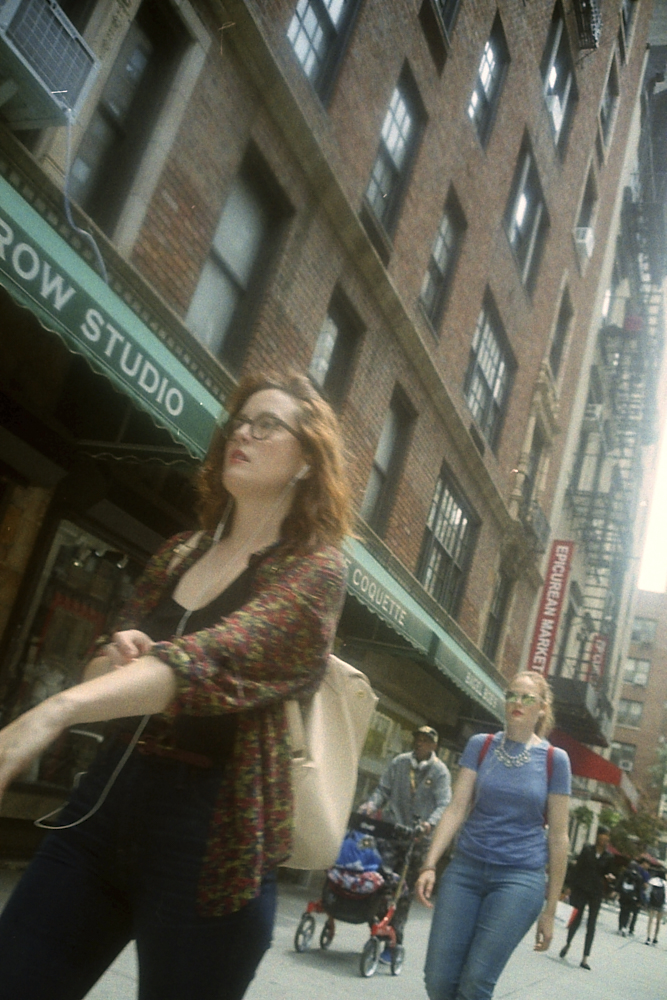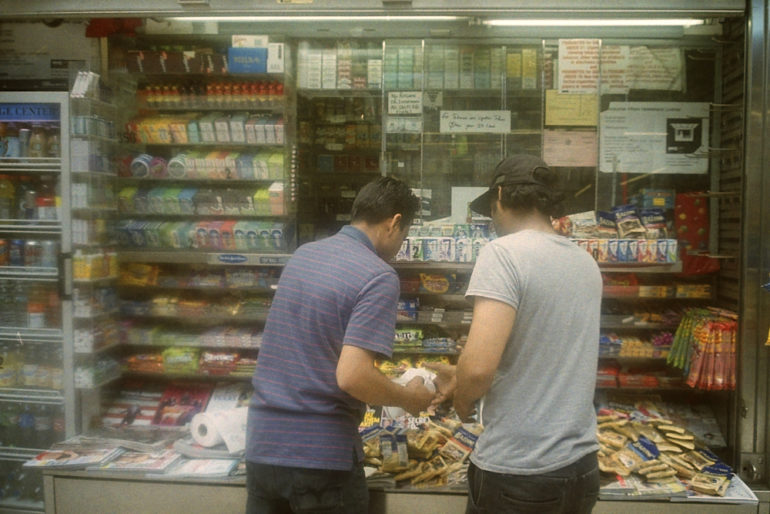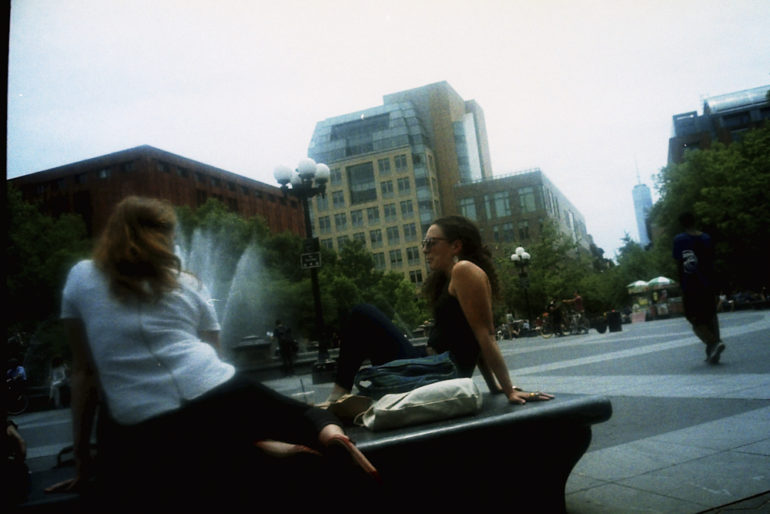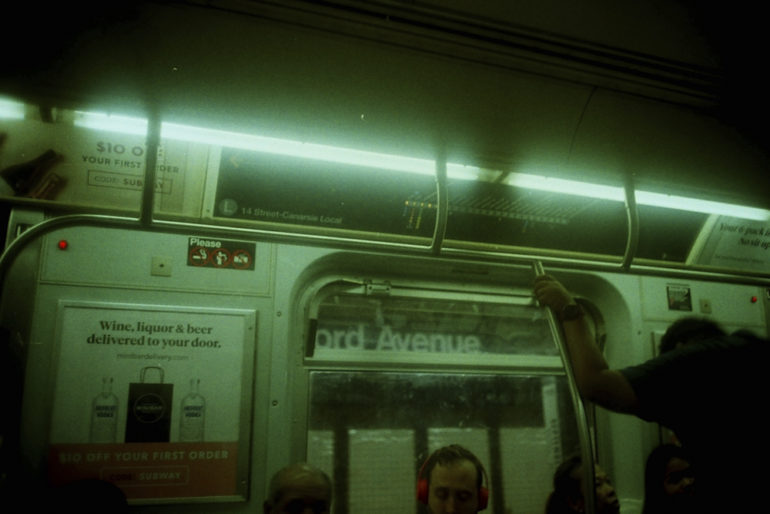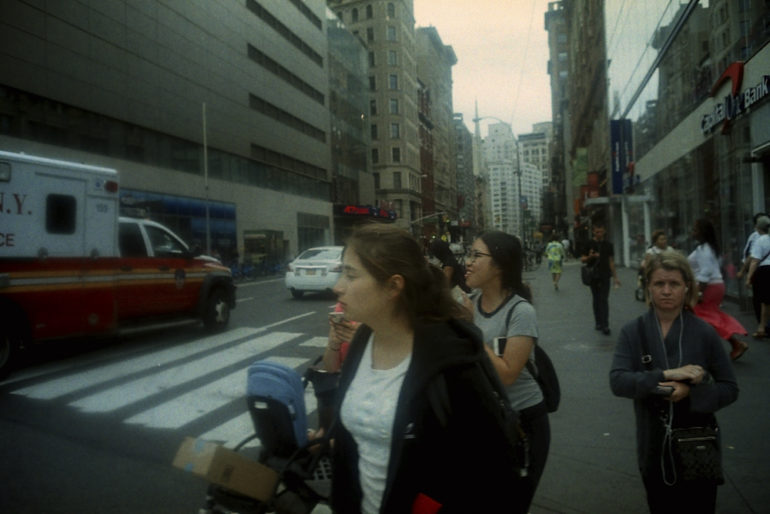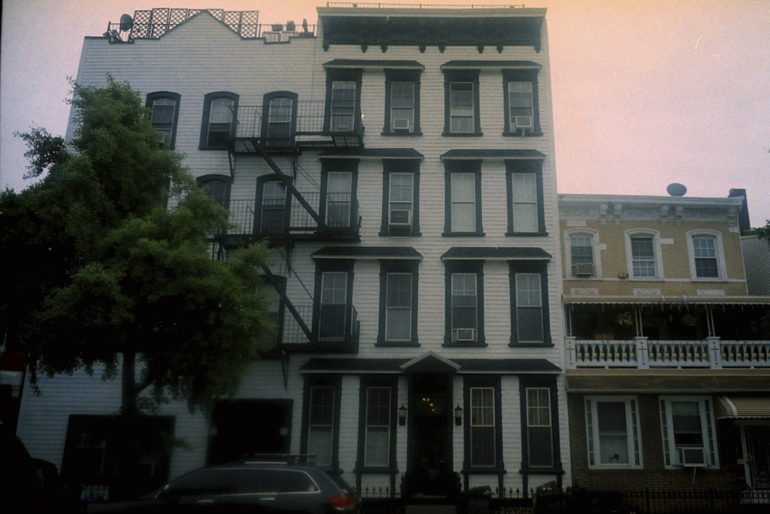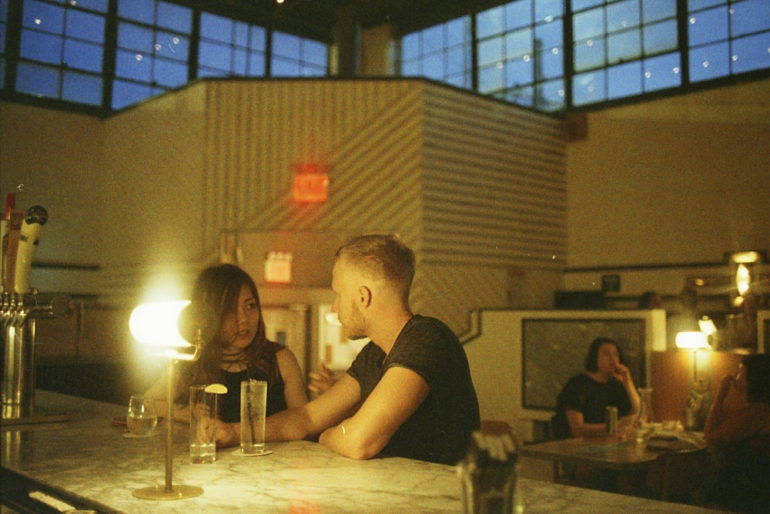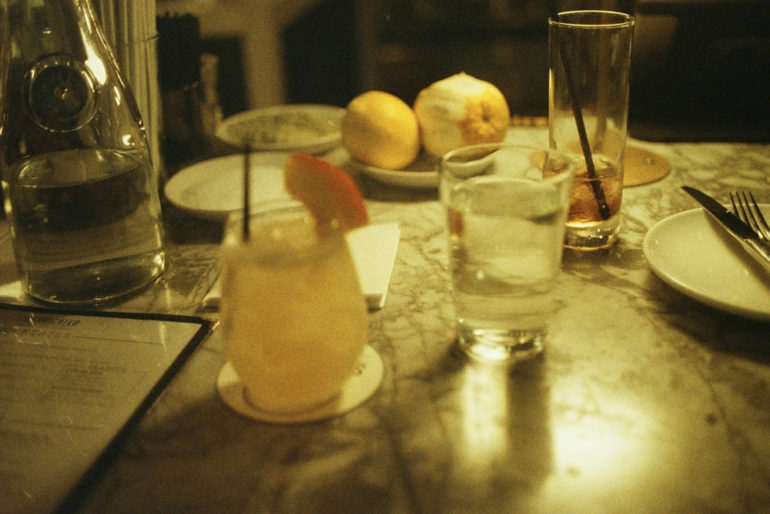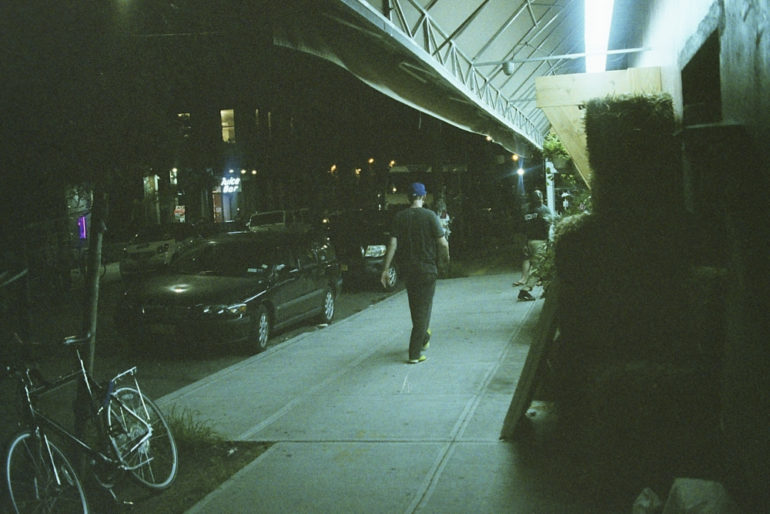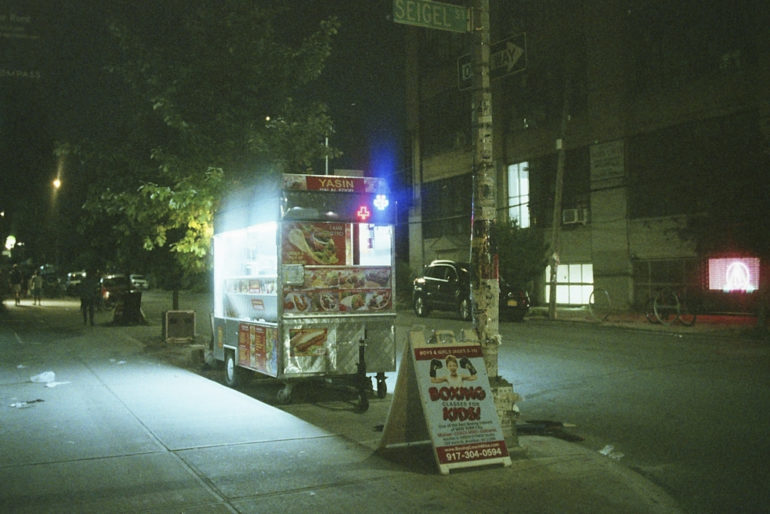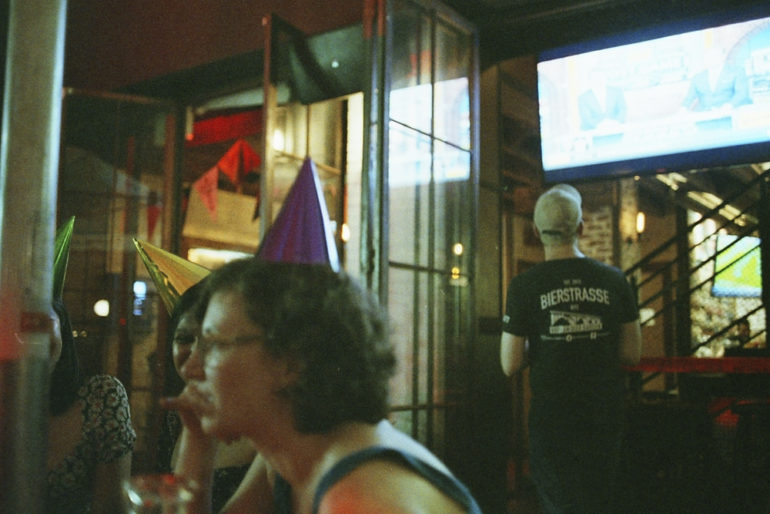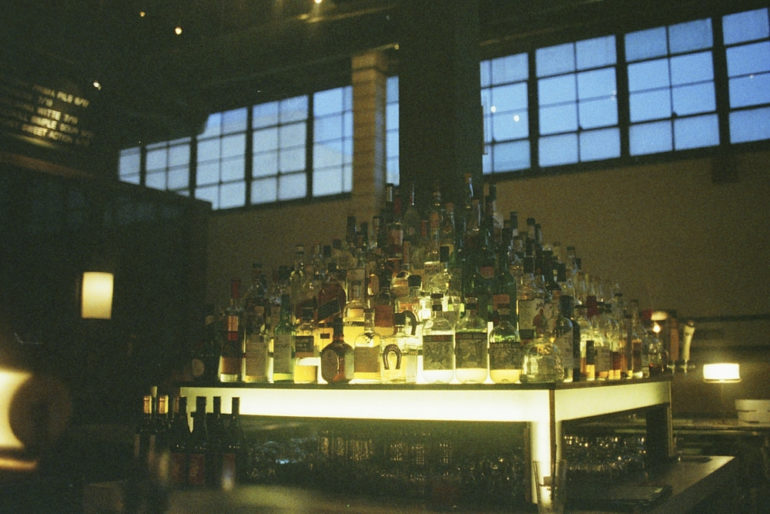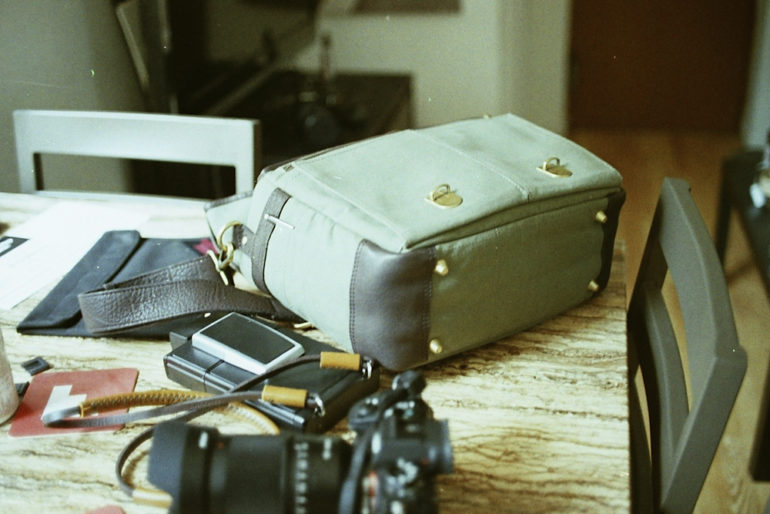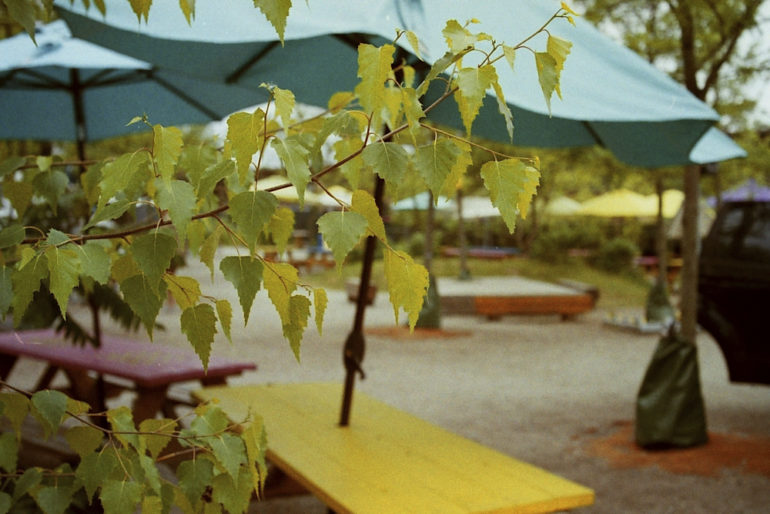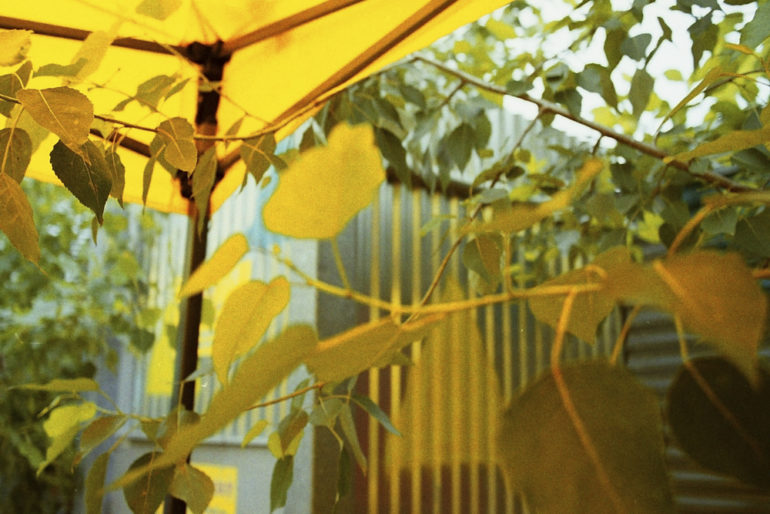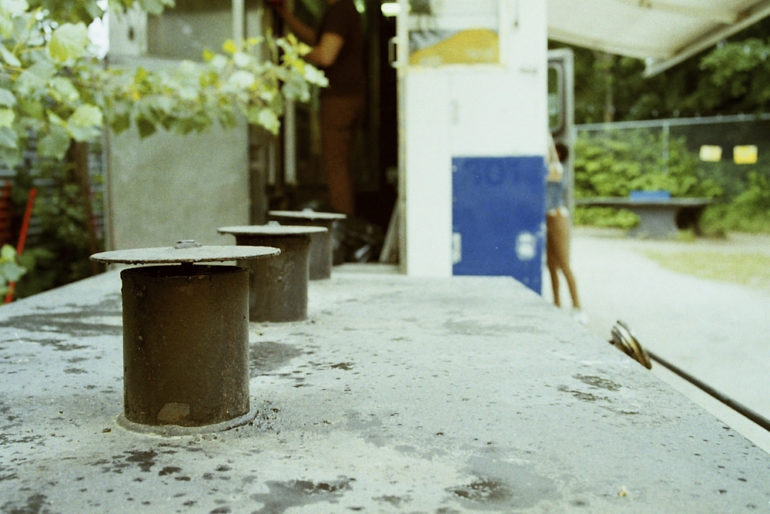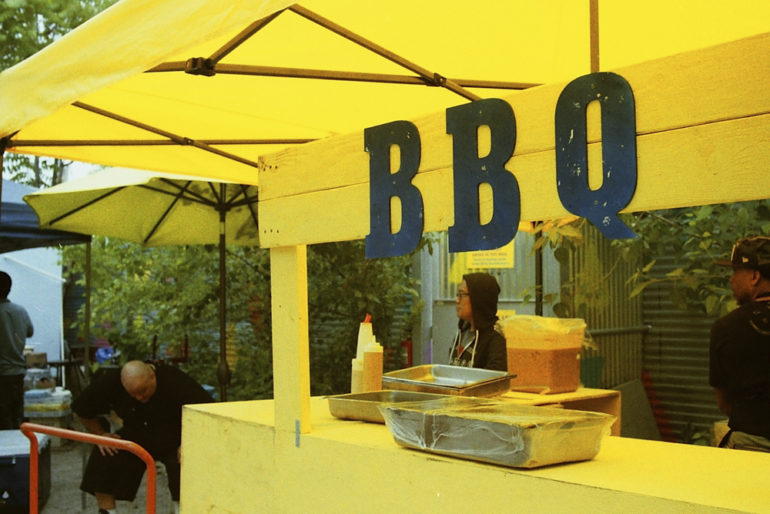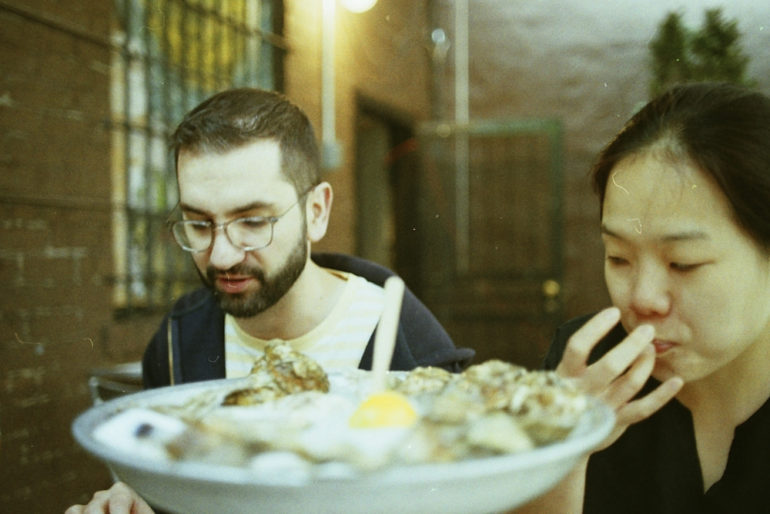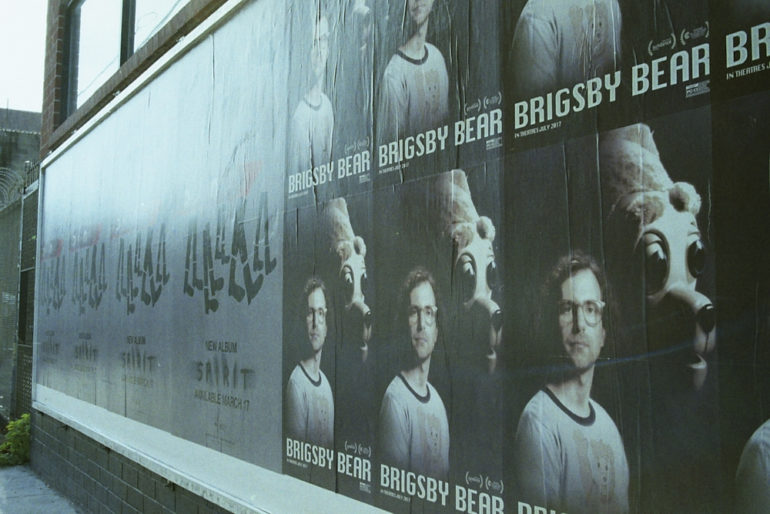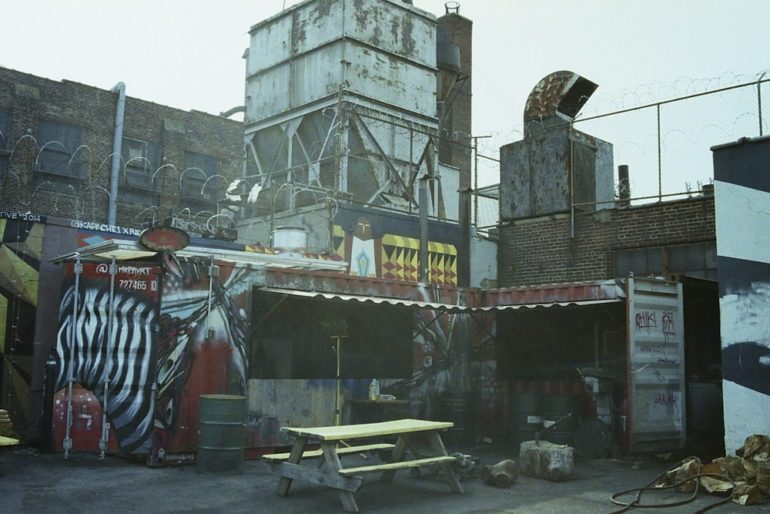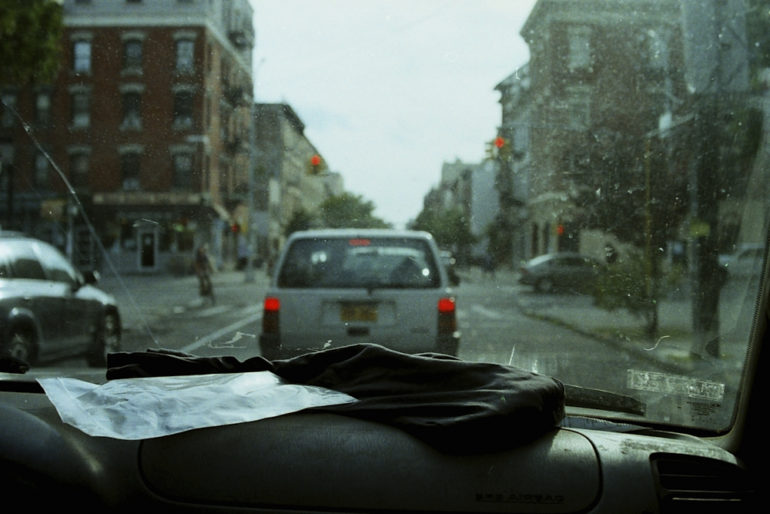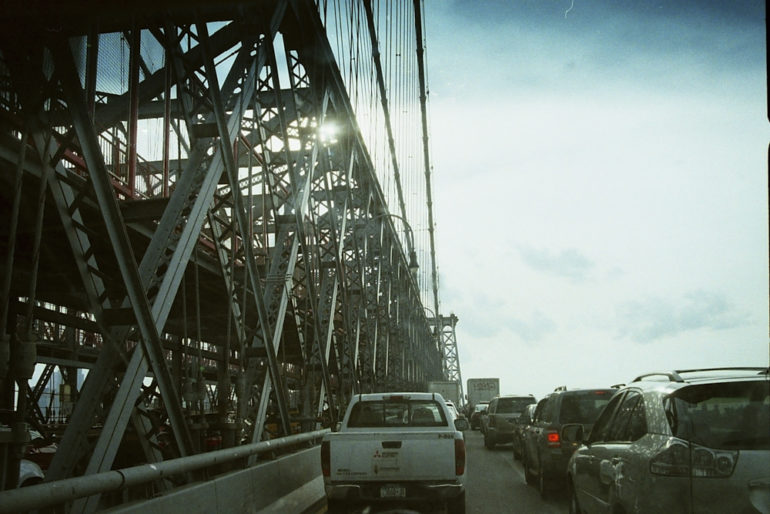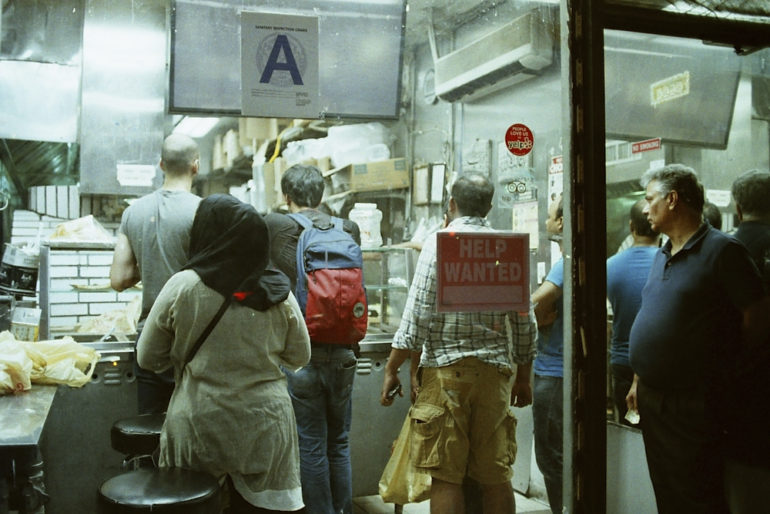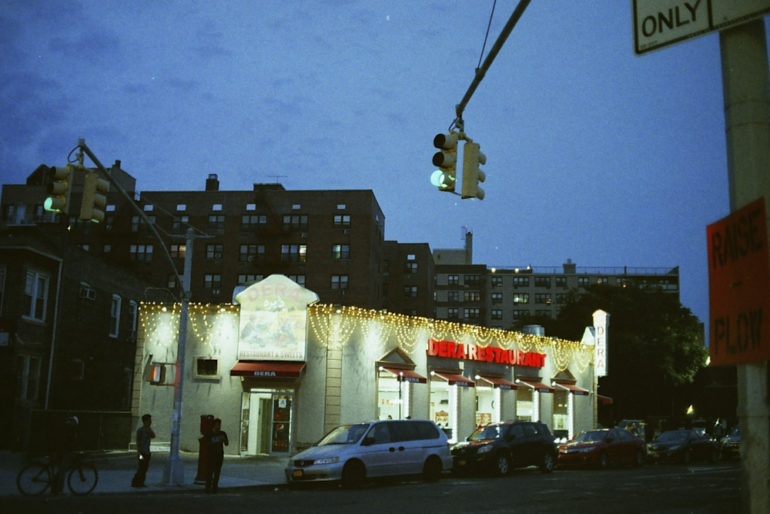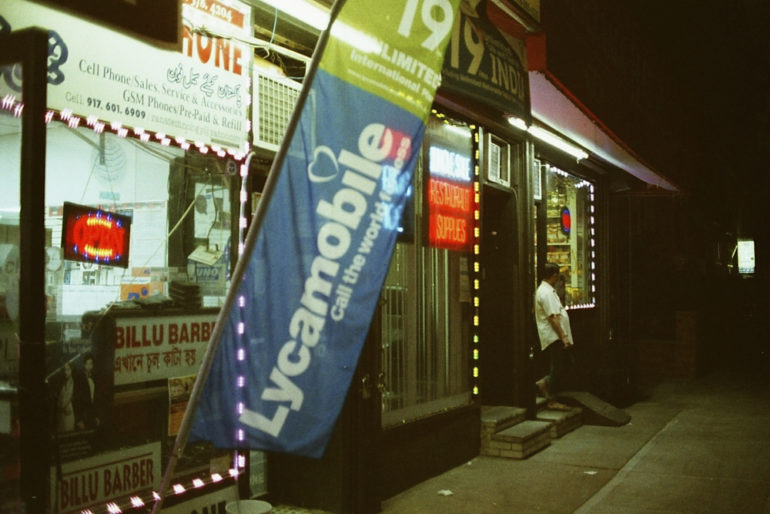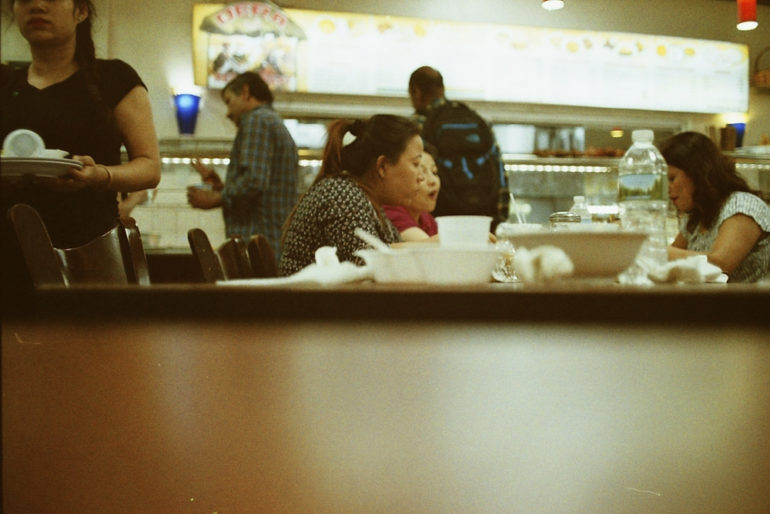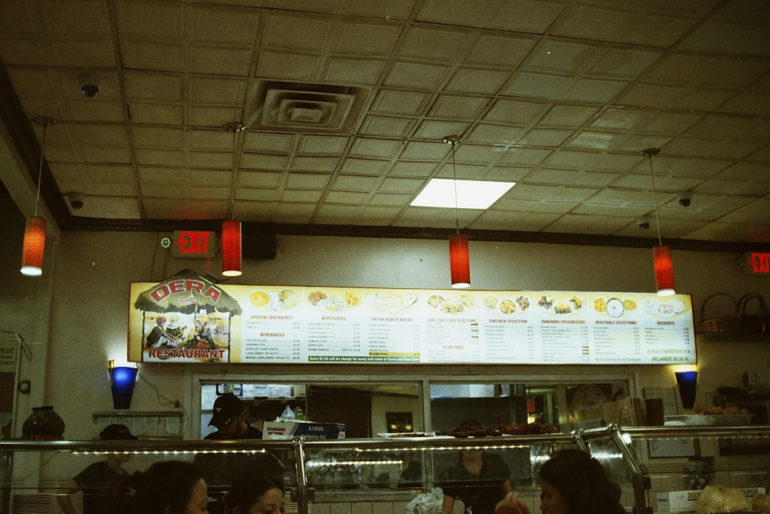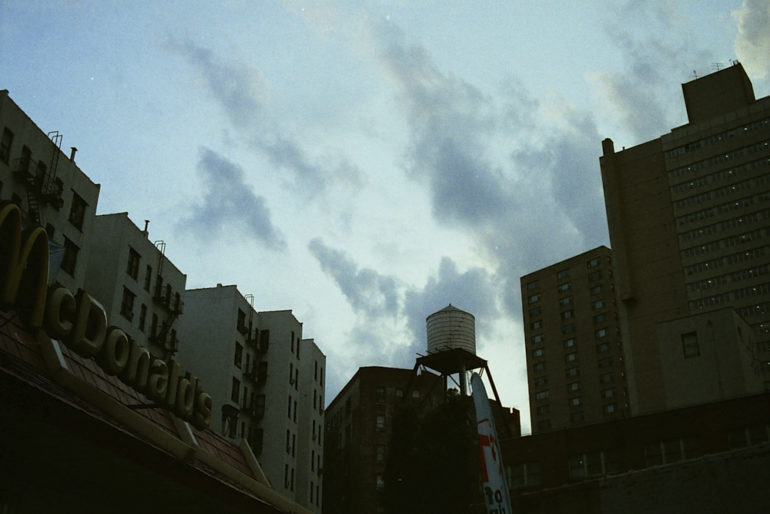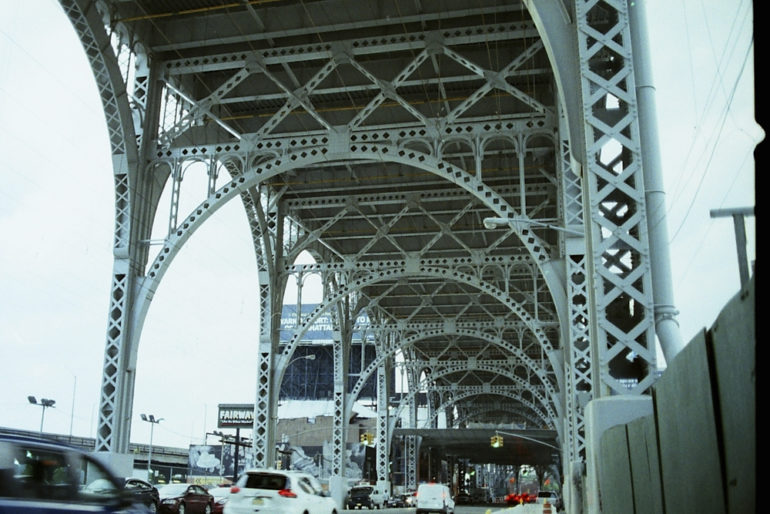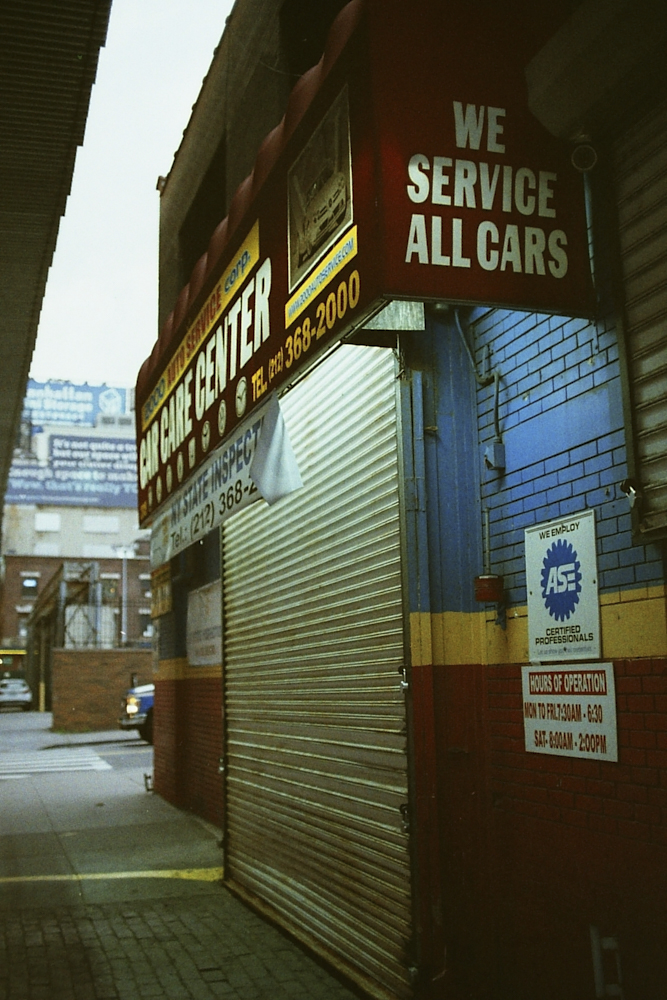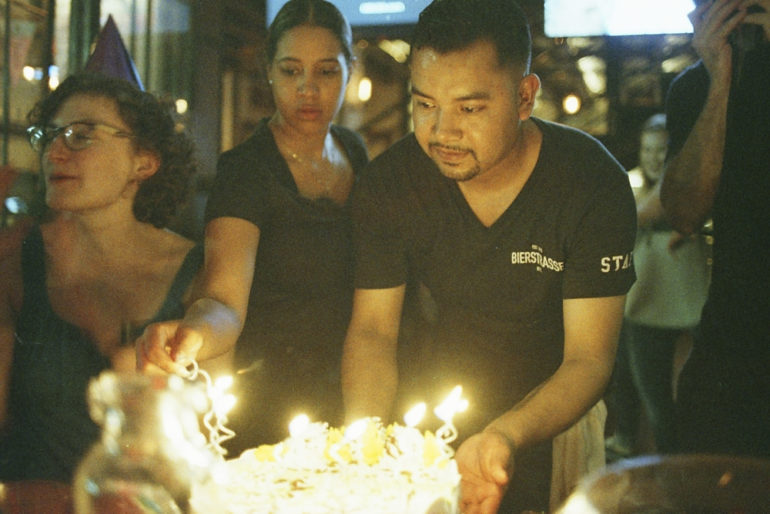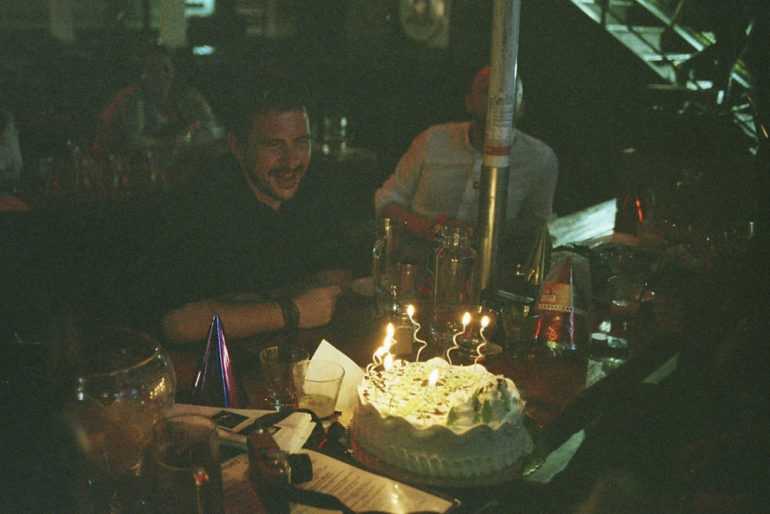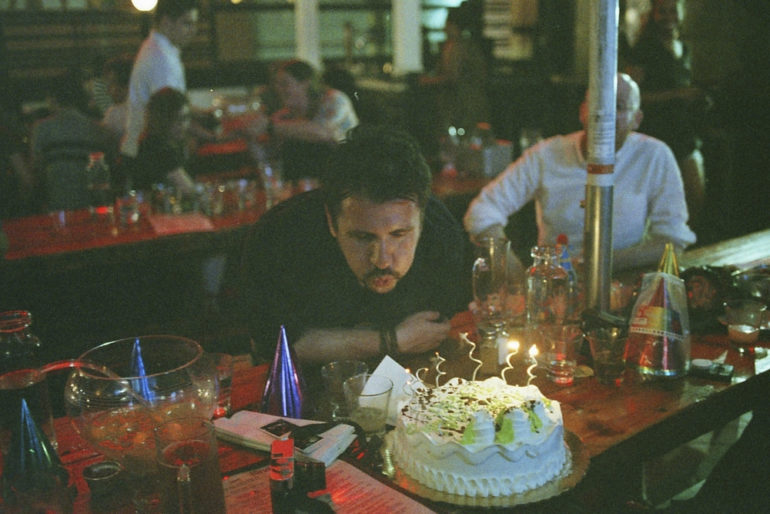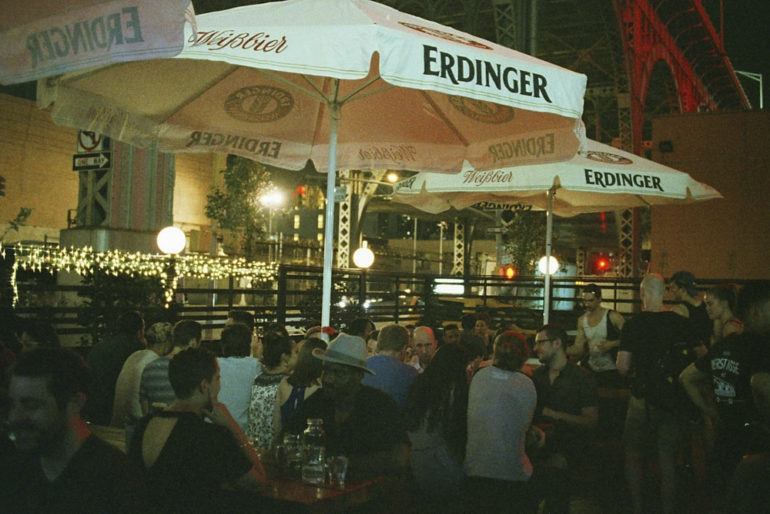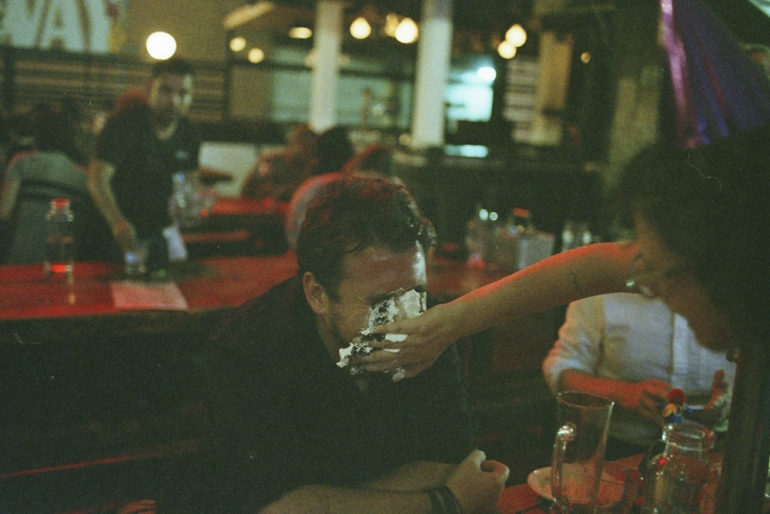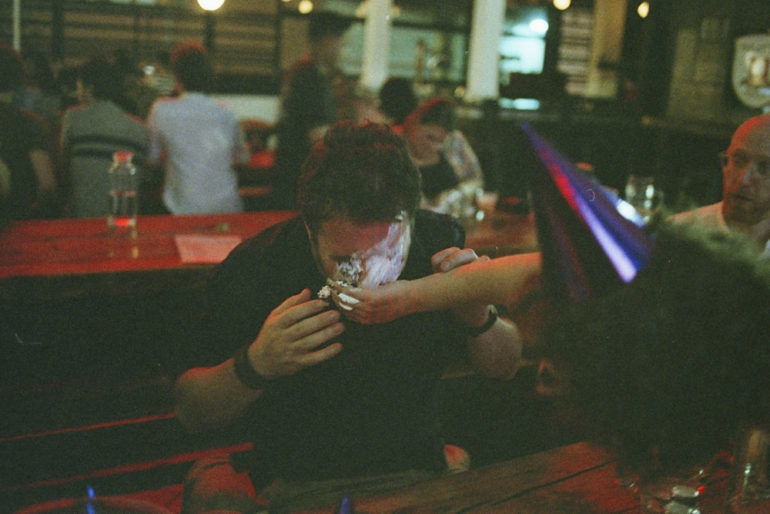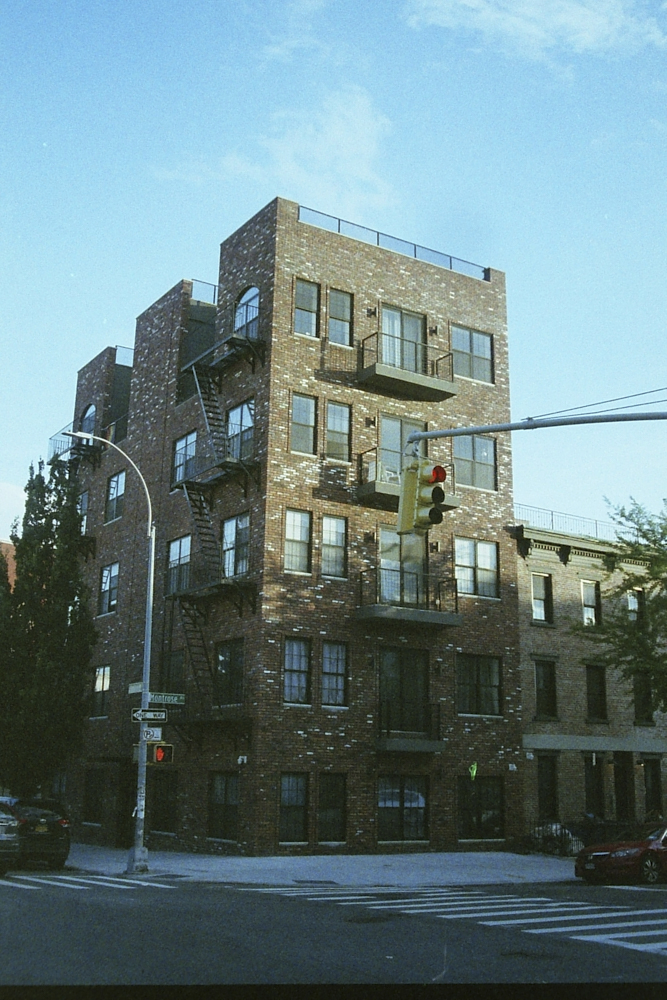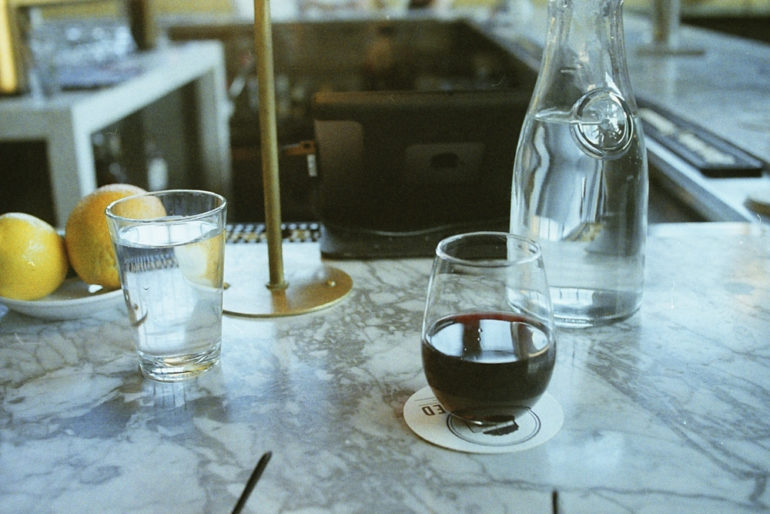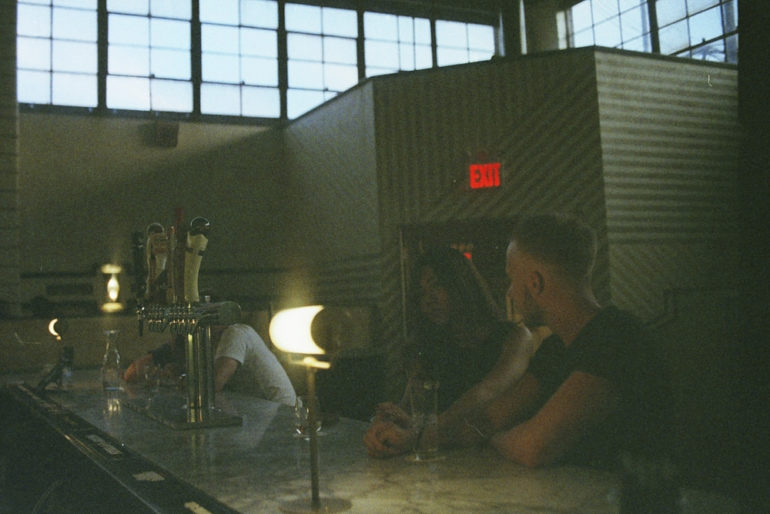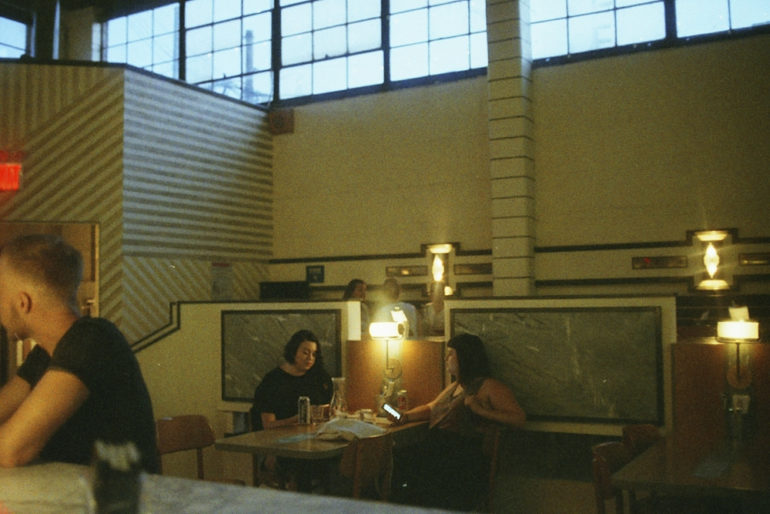Fujifilm Superia is oddly enough considered a consumer film. Why? I’m not exactly sure–especially considering that it wasn’t so long ago in history that every photojournalist swore by Superia 800. But nevertheless, Fujifilm Superia isn’t considered to be one of the more professional grade films as something like say Fujifilm Pro400H. But if you head into various Flickr and Facebook groups, lots of photographers still pledge allegiance to Fujifilm Superia. The film comes in a variety of speeds including ISO 200, ISO 400, ISO 800 and ISO 1600. In some ways, you can perhaps liken it to being a bit like Ilford Delta–except that it’s color and from Fujifilm.
But one thing is for sure, if you want great general use film, Fujifilm Superia is a fantastic option.
Gear Used
Fujifilm Superia 200, 400, 800, and 1600 were used with the Hexar AF, the Leica CL, the Nikon F90, the Pentax 67 (yes, I’ve played with some of it in 120).
All film was graciously developed by Lomography Gallery Store in NYC. I highly encourage you to give it a visit.
Tech Specs
Ease of Use
Fujifilm Superia is very much like many other negative films out there. Especially in the case of the case of the 1600 film, you’re best off giving it more light than it’s rated for. In some cases, I’d rate Fujifilm Superia 200 at ISO 100 and then develop it at ISO 200. Fujifilm Superia is available only in 35mm emulsions now unfortunately, so you’re not going to get the incredibly awesome quality that you typically get with 120. However, the images you get with 35mm will perhaps be more personal and meaningful as the small format lends itself to ease of use in terms of exposures.
Fujifilm Superia is fantastic for candid, everyday photography. However, I wouldn’t necessarily put it past someone to create great portraits with it. Though for what it’s worth, with the right lighting anything can work just swimmingly. But if I had to pool my network of photographers available to me at any moment of any day, I’d honestly say that the majority of people who use Fujifilm Superia are street photographers. Why? Well, it’s got a pretty nice look to it and it’s a very affordable film. In fact, I wonder why Fujifilm hasn’t tried to emulate the look in it’s X series cameras. I figure that it’s only a matter of time until we get it and perhaps the look of Instax since their cameras can wirelessly connect to the Fujifilm Instax printer. Fujifilm Superia would be an incredibly accurate film to replicate given that it is available in so many different ISO speeds.
In one particular case, I ended up using it as a 120 emulsion because someone gifted it to me. This film had been well taken care of–which basically means that it was kept in the freezer. If that’s what you do, then your film will always look gorgeous. When you take it out, let it thaw out and for best results, I generally let it sit in room temperature for around 24 hours. Then you shoot it and develop it. The results are bound to come out gorgeous. In this case, I used the film in the Pentax 67 with a 105mm f2.4. And the images are fantastic.
If I had to really describe what Fujifilm Superia looked like, I’d categorize it as being moderately saturated with little contrast and a sometimes almost matte look when underexposed. You can say this for a whole lot of film, but more so for Fujifilm Superia than anything else. I’d otherwise say something like this for Ilford FP4 but that’s a black and white film emulsion. I can’t exactly liken it to anything else. It isn’t like Kodak Gold at all, not like Ektar, not really like Portra at all, and absolutely nothing like the other Fujifilm emulsions on the market. If you want that nice pastel look then you’ll need to go for Fujifilm’s Pro400H emulsion, overexpose it to hell and then develop it at 400. But if you do that, then you run the risk of someone saying something along the lines of “This looks like VSCO.” or “This looks like Mastin.”
One can probably liken it to saying that it’s very close to Instax, but also not really in certain situations. Fujifilm Superia has a very good tonal range to it being easily able to recover highlights and shadows–though it tends to do better with shadows than highlights. Fujifilm Superia is first and foremost a daylight film, so you should try to expose it in daylight lighting lest you want to go for neons at night time and get a warmer look. In that case, go for it! I encourage it! That’s a super awesome look.
Image Quality
Pentax 67 (Superia 100)
I really, really wish that Superia were still available in 120 format. It’s beautiful, accurate, and just has a gorgeous look to it that digital can’t totally replicate. With that said though, the look isn’t far off. Still, judging from the way these photos look and considering that this film was over 10 years expired I’m still amazed at how great it looks.
Leica CL (Superia 200, Superia 400)
Hexar AF (Superia 800, Superia 200, Superia 1600)
Conclusions
Of all the films out there, I believe that Superia honestly could serve as a great everyday film for so many photographers. It’s affordable price point combined with good quality makes it very attractive. In ISO 200, 400, and 800 you’re bound to get some of the best colors. But with 1600 you’ll be subjected to a fair amount of grain. You have to come to expect this though as even Fujifilm Natura 1600 was grainy. I’m going to miss natura, but I really like Superia 1600 if you overexpose it. In fact, I’d recommend giving it more than an extra stop of light.
Either way though, I like Superia. And I’m surely going to shoot with it again with great lenses and cameras. If you’d like some, go for it on Amazon.


